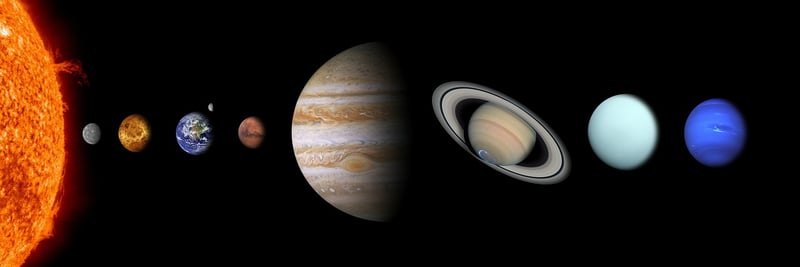Saturn Orbiters

Exploring the Cosmos: Saturn Orbiters
The cosmos, with its vast expanse and mysteries, has always captivated the human imagination. Among the celestial bodies that have intrigued scientists and space enthusiasts alike, Saturn stands out with its magnificent rings and enigmatic moons. In our quest to unravel the secrets of this gas giant, orbiters play a crucial role in studying Saturn up close and expanding our understanding of the universe.
The Role of Saturn Orbiters
Saturn orbiters are robotic spacecraft designed to orbit Saturn, its rings, and its moons, conducting scientific research and sending valuable data back to Earth. These orbiters are equipped with various instruments to study the planet's atmosphere, magnetic field, ring system, and diverse moon population. By orbiting Saturn, these spacecraft provide researchers with detailed information that helps in answering fundamental questions about the formation and evolution of Saturn and its moons.
Notable Saturn Orbiters
Two of the most notable Saturn orbiters are:
- Cassini-Huygens: Launched in 1997, the Cassini-Huygens mission was a collaboration between NASA, the European Space Agency (ESA), and the Italian Space Agency. Cassini arrived at Saturn in 2004 and spent over 13 years studying the planet, its rings, and moons. The Huygens probe, carried by Cassini, successfully landed on Saturn's largest moon, Titan, providing unprecedented insights into this mysterious world.
- Cassini–Huygens (Image Credit: Pixabay)
- Juno: While primarily a Jupiter orbiter, NASA's Juno mission also conducts flybys of Saturn to study its atmosphere, magnetosphere, and gravity field. Juno's visits to Saturn provide complementary data to the Cassini mission, enhancing our understanding of this gas giant and its intricate system.
- Juno (Image Credit: Pixabay)
Discovering the Mysteries of Saturn
Thanks to the data collected by Saturn orbiters like Cassini-Huygens and Juno, scientists have made significant discoveries about Saturn's complex system. From the hexagonal cloud pattern at its north pole to the subsurface ocean on its moon Enceladus, each new finding deepens our appreciation of the wonders of the cosmos and fuels our curiosity about the universe beyond our planet.
As we continue to explore Saturn and its moons, the data gathered by orbiters will pave the way for future missions and contribute to our knowledge of planetary formation, astrobiology, and the potential for life beyond Earth.
Join us in the exploration of the cosmos and witness the marvels of Saturn and its orbiters as they unveil the secrets of our celestial neighbor.